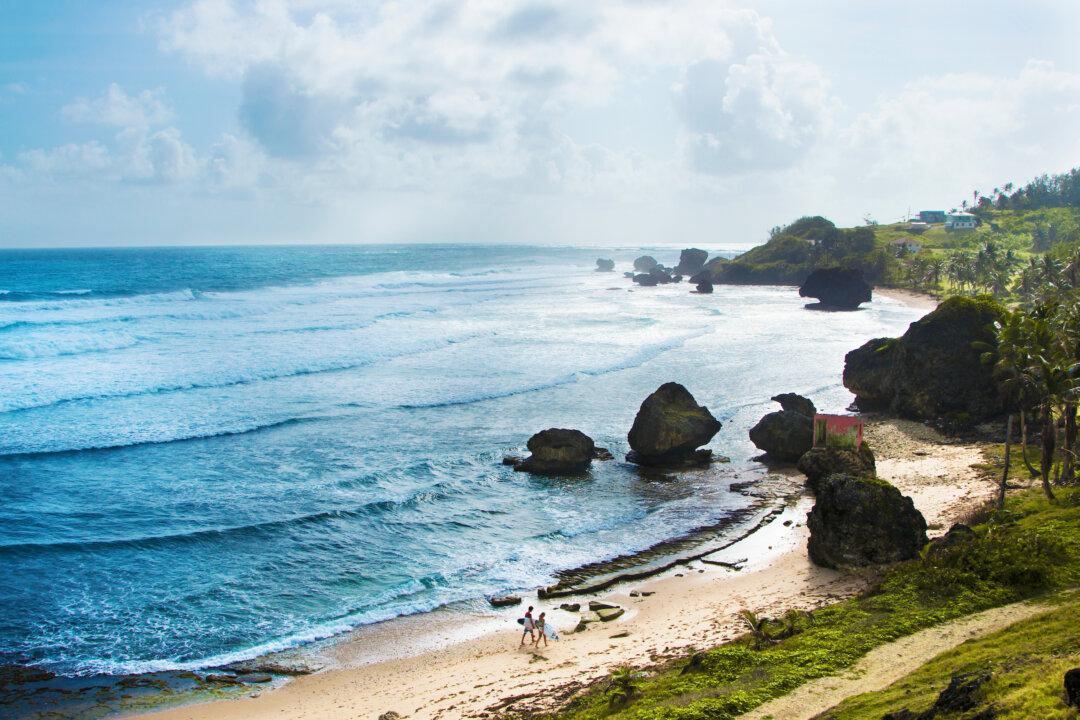While wandering Old Quebec’s winding cobblestone lanes, listen carefully because you probably won’t hear a murmur of English.
Could you be in France? You might be roaming Paris, but a picturesque coastal village in Normandy seems more likely. Maybe you’re taking in the spellbinding charms of one of the sister cities Liège or Namur, two beguiling towns in the French-speaking region of Belgium.





